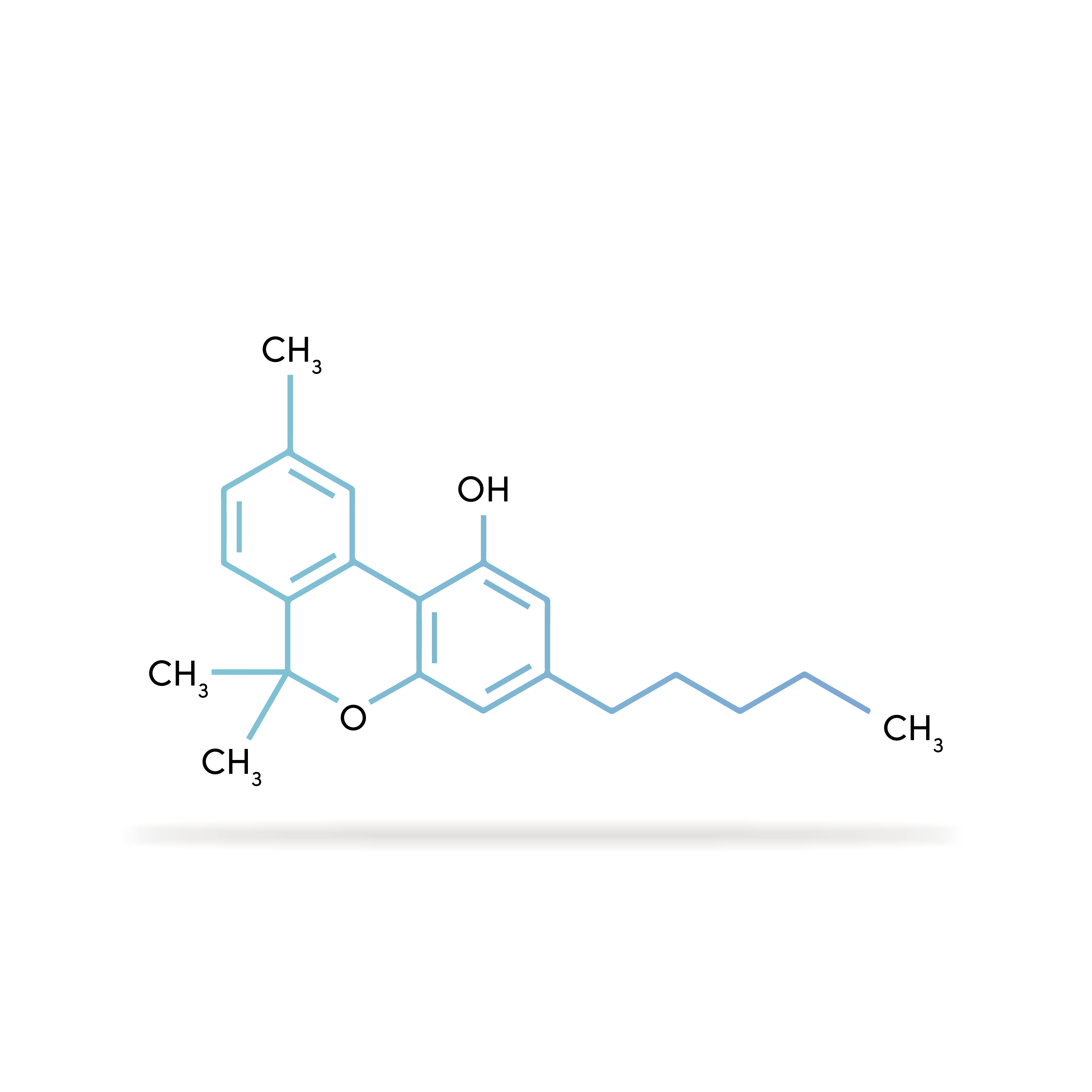Most people might not know that CBN (Cannabinol) was the first phytocannabinoid to be isolated as early as 1896. Much has been learned about CBN since then, primarily that CBN is an oxidized, degraded version of THC. CBN is the result of cannabis (Hemp or Marijuana) that has been stored improperly over several years and broken down. The change in cannabinoid is also a reduction in potency since CBN is about ¼ the potency of THC.

CBN is often referred to as the “Sleeper” cannabinoid not only for its anti-insomnia effects but for the fact that there is still so much potential that has not yet been discovered. One study from Steep Hill Labs showed that 5 mg of CBN was as effective as 10 mg of Diazepam (the most common doctor recommended sleep aid.) Since inadequate sleep is such a common problem in our modern world, CBN could be a huge breakthrough on a patient's quest to get a better night’s sleep. Researchers of CBN claim that it is the most sedative of all known cannabinoids.
Pain relief is also a common reason people seek CBN. One way that CBN is thought to help with pain is by linking itself to the CB1 Receptors which induces a low effect, while at the same time releasing peptides from sensory nerves to activate an alternative nerve mechanism to achieve the same ends. There is a long list of things that CBN is thought to promote including anti-bacterial, anti-inflammatory, anti-convulsant and stimulation of bone cell growth. CBN also has a presence in cancer research. Much more evidence is needed to back these claims scientifically, but CBN will definitely have its place in the future of cannabis.
Author: Zach Mountford

